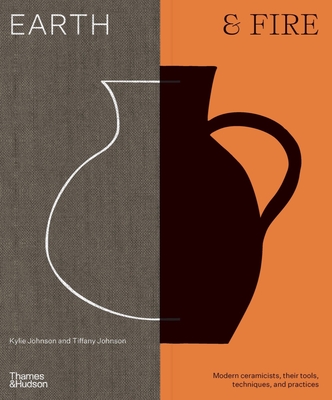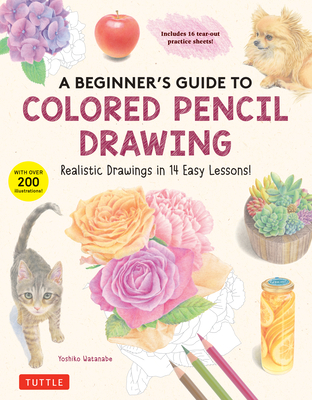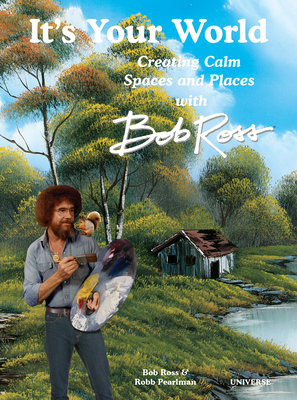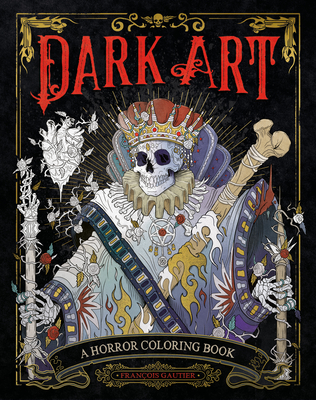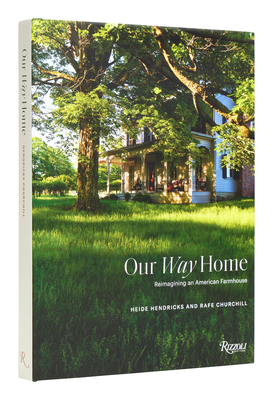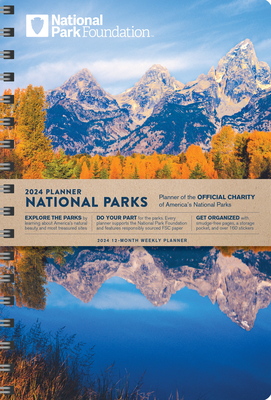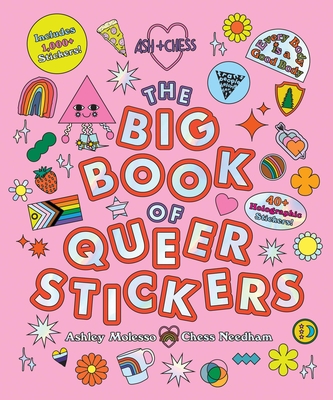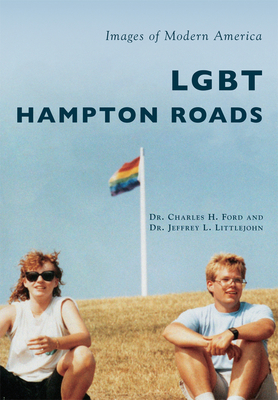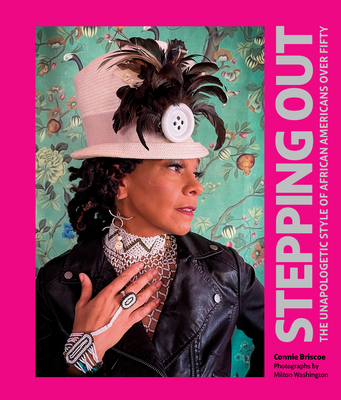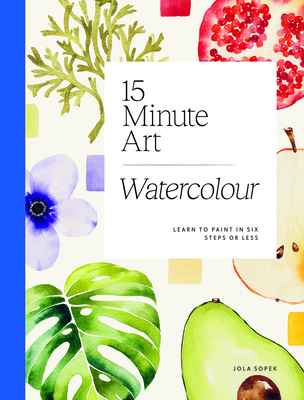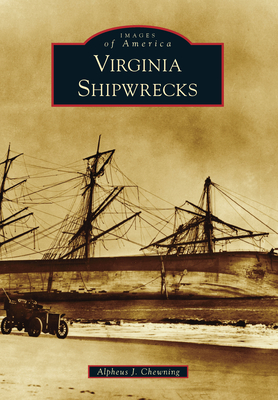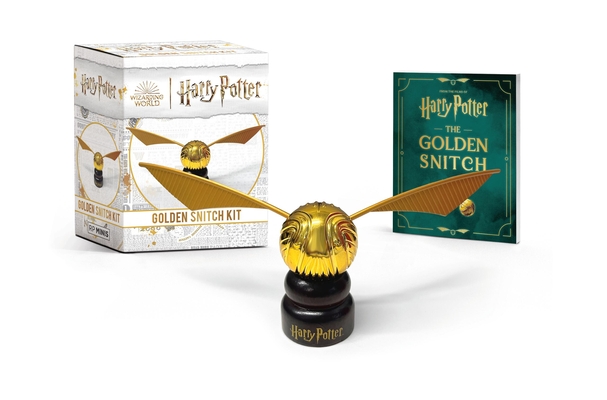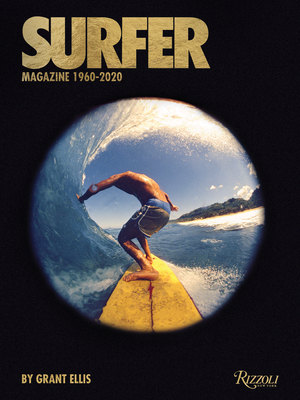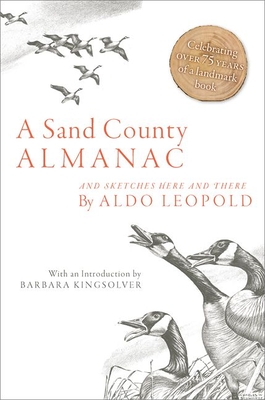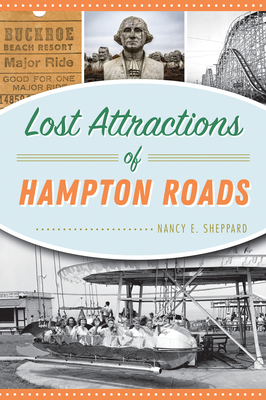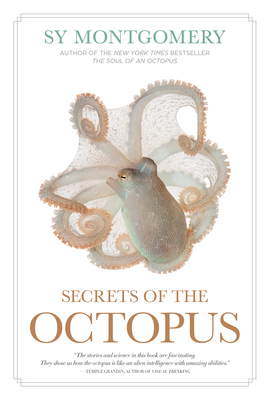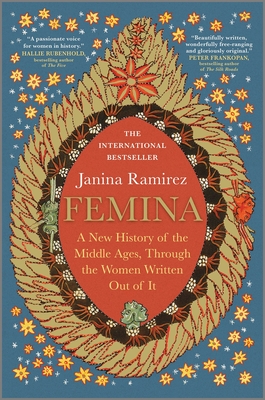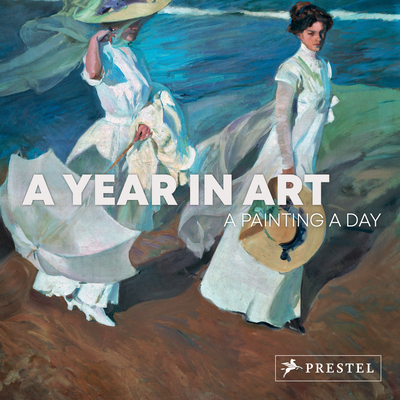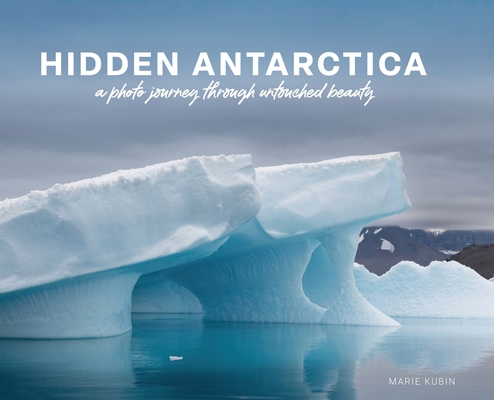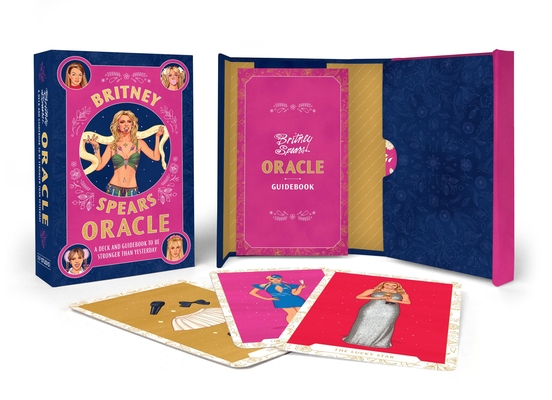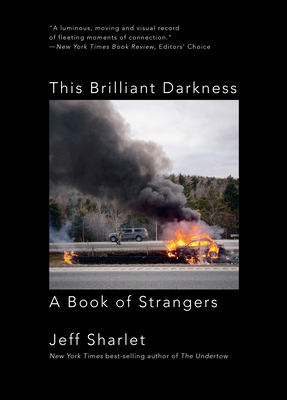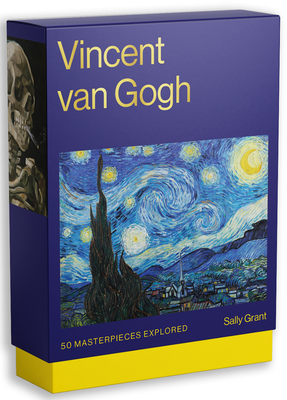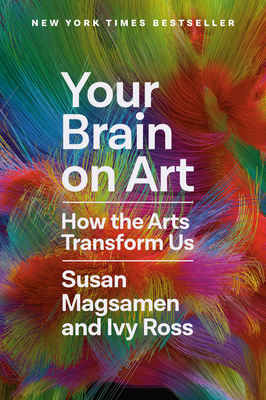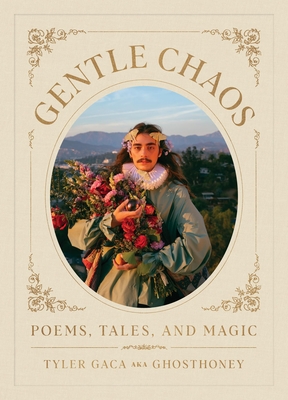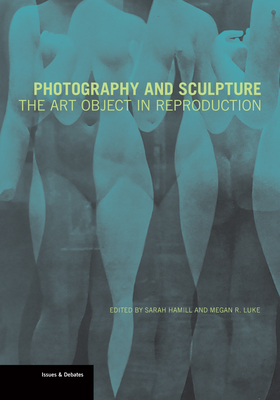
Photography and Sculpture: The Art Object in Reproduction (Issues & Debates)
Description
Ever since the mid-nineteenth century, when the new medium of photography was pressed into service to illustrate sculpture, photographs of sculptural objects have directed viewers as to what, in the course of ambling around a sculpture, was the single perfect moment to stop and look. What is the photograph’s place in writing the history of sculpture? How has it changed according to culture, generation, criti-cal conviction, and changes in media? Photography and Sculpture: The Art Object in Reproduction studies aspects of these questions from the perspectives of sixteen leading art historians. Their essays consider iconic photographs, archival collections, new and forgotten technologies, and conceptual challenges in photographing three-dimensional forms that have directed changing historical and stylistic attitudes about how we see, write about, and narrate histories of sculpture. Chapters on such varied topics as picturing Conceptual art, manipulating sacred images in India to be non-photographs, and framing Roman art with an iPad illustrate the latent visual and narrative powers and ever-expanding potential of these images of sculpture.
Praise for Photography and Sculpture: The Art Object in Reproduction (Issues & Debates)
“Overall, the book is thought-provoking and readable, and the interdisciplinary approach makes it appropriate for libraries that support programs in art history, photography, aesthetics, archaeology, visual culture, and architecture.”
— ARLIS/NA
“. . . the anthology has been effectively and cohesively organized to present the photography of sculpture as a development whose end has yet to be written.”
— Burlington magazine

